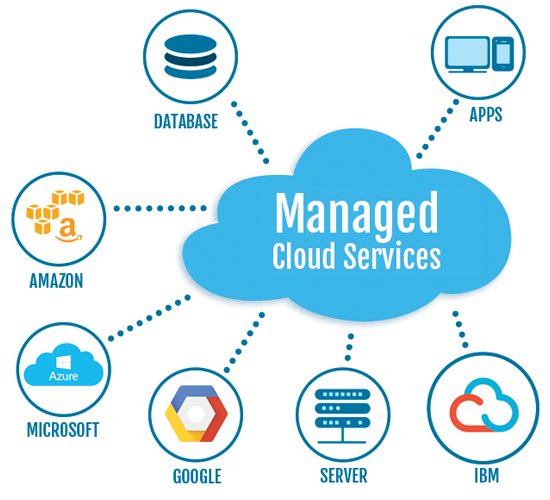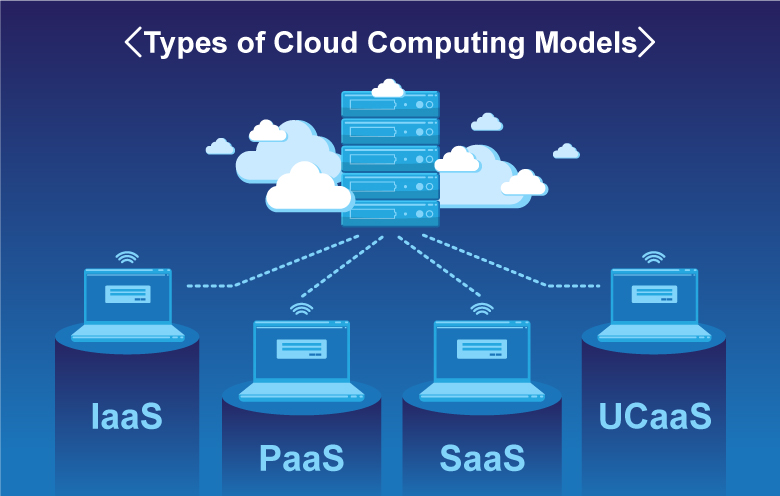Achieve Seamless Scalability With Cloud Services
In the ever-evolving landscape of cloud solutions, achieving smooth scalability stands as a cornerstone for modern-day businesses looking for to remain competitive and versatile. The pursuit for seamless scalability with cloud services introduces a world of opportunities for those ready to accept the transformative power of vibrant source monitoring.
Advantages of Cloud Scalability
Cloud scalability supplies companies the adaptability to dynamically adjust sources based on need, guaranteeing ideal efficiency and price efficiency. Additionally, cloud scalability promotes advancement and experimentation by permitting services to easily test new concepts and scale them as needed. Ultimately, the advantages of cloud scalability expand beyond price financial savings to encompass improved efficiency, dexterity, and technology.
Trick Features for Scaling
Reliable scaling in cloud services depends on essential attributes that allow organizations to change sources dynamically based on demand. One more essential function is scalability, allowing systems to deal with boosted work by including sources effortlessly. On the whole, these vital functions collectively equip organizations to achieve seamless scalability in cloud solutions.
Implementing Auto-Scaling Strategies
To successfully maximize resource allocation and adjust to differing workloads, companies must purposefully carry out auto-scaling techniques in their cloud services framework. Auto-scaling permits systems to immediately adjust the variety of compute resources based upon real-time need. There are various auto-scaling strategies that companies can utilize, such as anticipating scaling, which utilizes historical information to anticipate future source requirements, and responsive scaling, which reacts to existing workload modifications.

Best Practices for Scalability
For organizations aiming to improve their scalability in cloud solutions, applying ideal methods is vital for optimum efficiency and resource administration. One secret finest method is creating applications with a microservices design. This technique breaks down applications right into smaller sized, independent services that can be deployed, upgraded, and scaled individually, permitting greater adaptability and scalability.
One more essential technique is using containerization innovation, such as Docker or Kubernetes. Containers enable the product packaging of applications and their dependences right into separated units, making it less complicated to scale components individually and deploy them constantly across various environments.
Furthermore, applying automated implementation and framework as code (IaC) can enhance scalability initiatives (linkdaddy cloud services). click this site Automation devices like Terraform or Ansible help in provisioning and taking care of resources effectively, reducing hands-on mistakes and enabling fast scalability
Moreover, monitoring efficiency metrics, establishing informs, and performing regular capacity planning are necessary practices to guarantee aggressive scalability management. By adhering to these finest methods, companies can achieve seamless scalability in their cloud solutions while optimizing performance and resource utilization.
Tracking Efficiency Metrics
When examining the performance of cloud solutions scalability, very closely keeping track of performance metrics is crucial for guaranteeing ideal performance and source allocation. By continuously tracking crucial performance indications (KPIs) such as response times, latency, resource, and throughput usage, organizations can acquire valuable understandings right into the wellness and efficiency of their cloud framework. Keeping track of performance metrics permits the very early detection of potential traffic jams or problems that could affect scalability, allowing aggressive measures to be required to address them before they rise.

Conclusion
In verdict, accomplishing smooth scalability with cloud services is important for organizations to enhance efficiency, improve technology, and maintain high performance levels throughout peak times. By leveraging the advantages of cloud scalability, executing auto-scaling techniques, using essential features such as flexibility and automation, and complying with best practices like application layout and performance tracking, businesses can efficiently scale their systems while making best use of source usage and performance.
The quest for seamless scalability with cloud services unveils a world of possibilities for those willing to embrace the transformative power of dynamic resource monitoring.
Cloud scalability supplies organizations the adaptability to dynamically readjust resources based on need, making sure optimal efficiency and cost official source performance. Another vital feature is scalability, enabling systems to manage increased work by adding resources flawlessly.For companies intending to boost their scalability in cloud solutions, implementing ideal practices is vital for ideal performance and source management.When analyzing the effectiveness of cloud solutions scalability, closely monitoring performance metrics is crucial for guaranteeing optimum functionality and source appropriation.
Comments on “LinkDaddy Cloud Services: Cutting-Edge Solutions for Your Business Requirements”